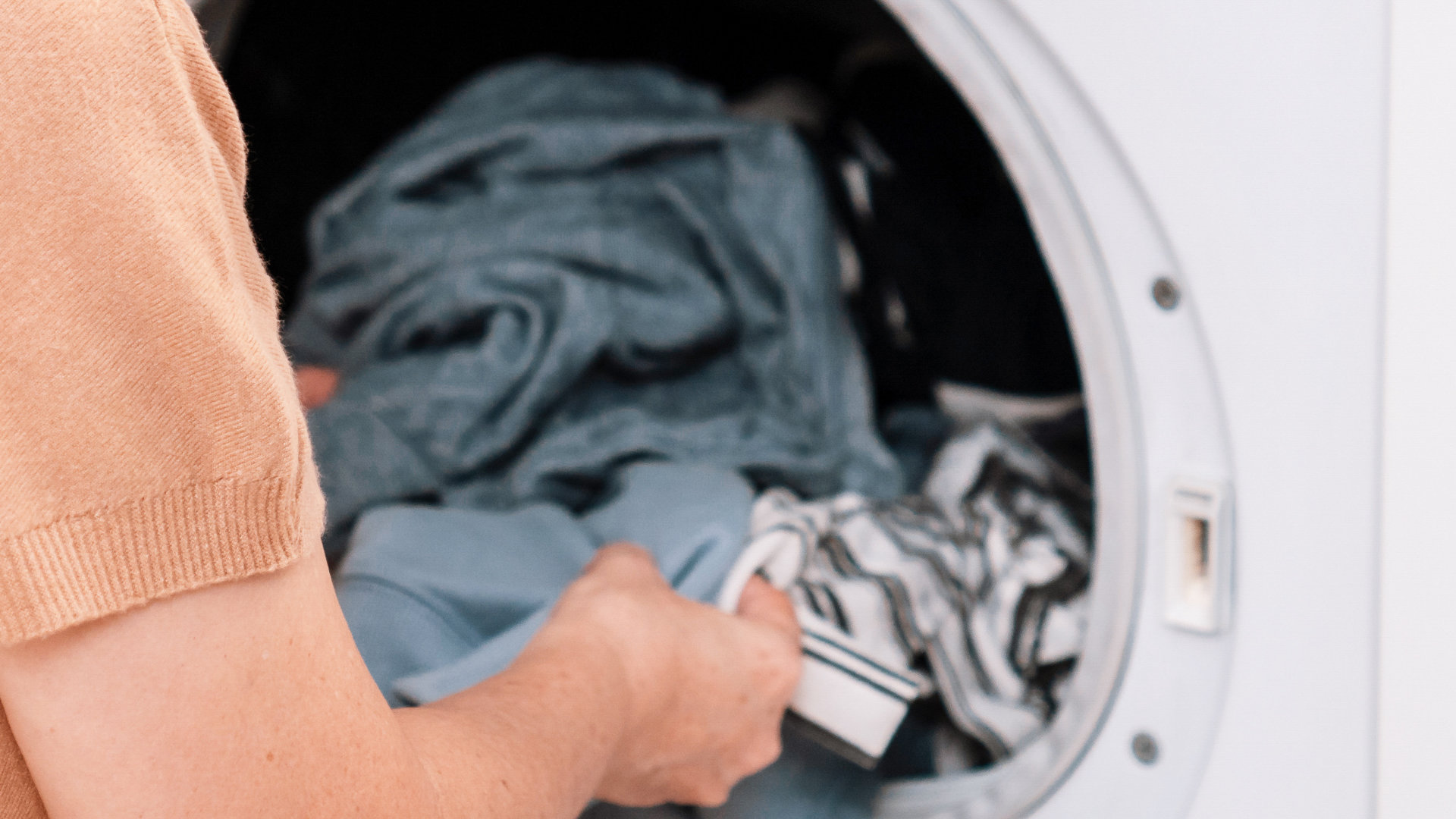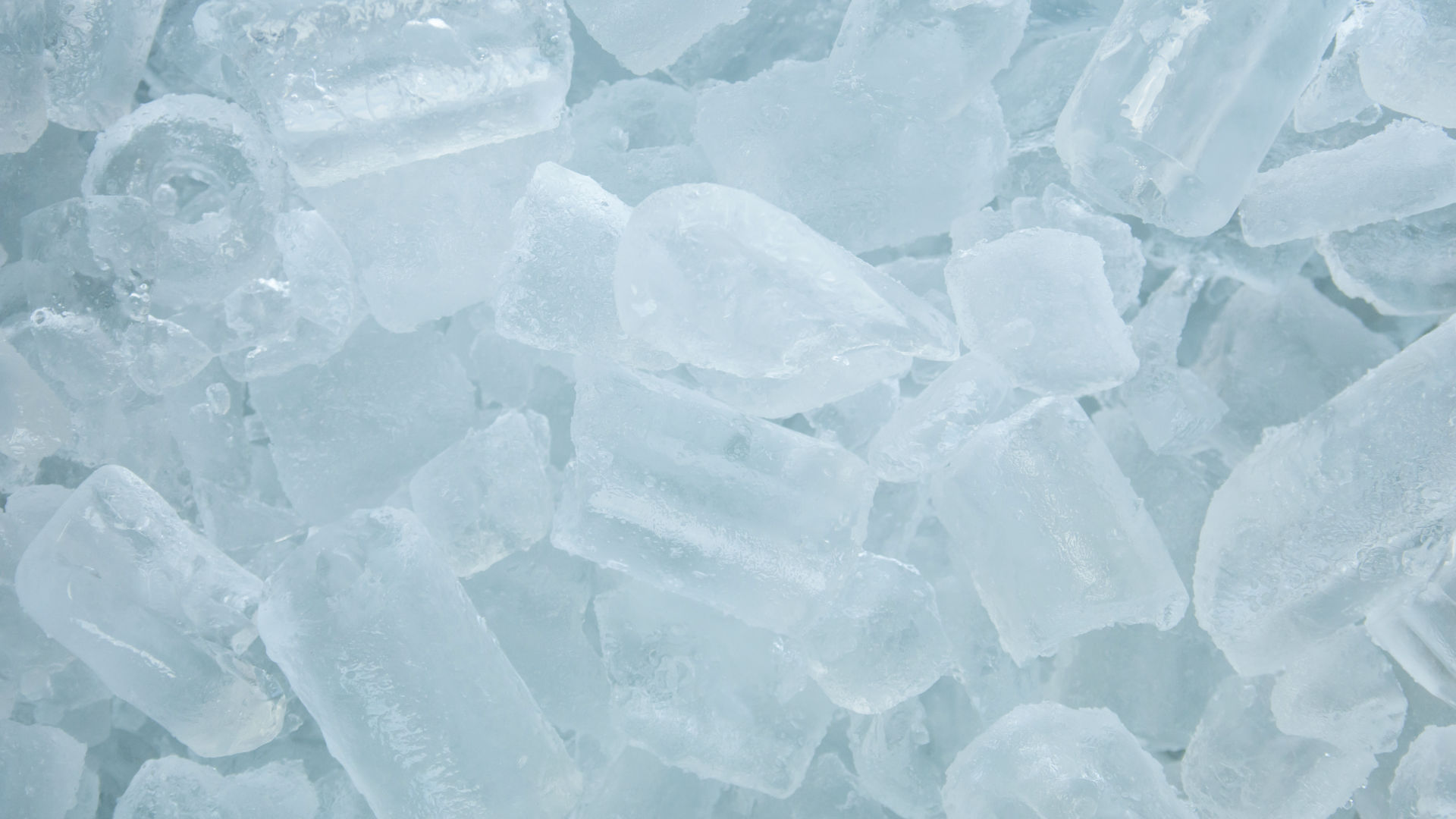
A typical ice maker should be producing more than 80 ice cubes per day; some ice makers will make 140. The speed at which an ice maker makes ice varies depending on the refrigerator model and type of ice maker. The refrigerator or ice maker’s manual should provide information on the correct amount of ice that it should be producing.
Some ice makers will produce 8 ice cubes in 90 minutes, while other models may take 3-4 hours to produce the same amount. An ice maker producing less than 50 ice cubes per day indicates a more complex issue that may require the assistance of a trained professional. However, in most cases, by following this guide you should be able to fix the issue yourself.
1. Lower the Freezer Temperature
The most common cause of a slow ice maker is that the freezer temperature is not cold enough, so the ice takes longer to form. For an ice maker to work correctly, it requires a freezer temperature between 0 and 5 degrees Fahrenheit. Some manufacturers recommend lowering the temperature to -2 degrees Fahrenheit to increase ice production. Adjusting the freezer temperature should result in a faster ice maker. Depending on the refrigerator model, checking that the refrigerator temperature is around 37 degrees Fahrenheit may also improve ice production.
2. Add Food to the Freezer
To produce a stable temperature, most freezers need to be at least half full. If there is little or no food in the freezer, adding food or water bottles will keep the temperature stable and allow ice to form faster. Be careful not to add too much, as an overstocked freezer can also affect the freezer’s ability to keep a consistent temperature.
3. Change the Filter
If your refrigerator has a removable water filter, changing the filter may speed up the ice maker. Occasionally, the water filter will become clogged, which blocks the water supply to the ice maker and causes it to take longer to make ice.
Refrigerator filters should be changed every six months to ensure the water is safe to drink. After changing the filter, the system should be flushed out by removing 3-4 gallons of water from the dispenser. If the system has not been flushed out, air can become trapped, which stops the ice maker from working correctly. The system also needs to be flushed out after the refrigerator is installed to the water supply line for the first time.
4. Check the Water Supply Line
If the ice maker is struggling to make ice, the water supply valve that can be opened or closed to allow water into the refrigerator may be partially closed. Smaller than usual ice cubes are another indication that there is an issue with the water supply line. The water supply valve is usually located close to where the water line connects with the refrigerator. Make sure that the water supply valve is fully open.
5. Check the Dispenser Tube
A blocked dispenser tube (inside the refrigerator) will restrict the ice maker’s ability to make ice. The dispenser tube can be thawed by using a hairdryer on low heat or a frozen water line tool. Frozen dispenser tubes are usually caused by low water pressure.
6. Check the Water Pressure
Low water pressure will cause the ice maker to struggle to work correctly. The recommended water pressure will vary depending on the refrigerator model, so check its manual for the correct pressure. Most refrigerators will require 20-120 psi. The water supply line can be removed from the back of the refrigerator and the pressure checked. Also, check that the water line is not kinked, which would restrict the water supply to the ice maker.
7. Check the Water Inlet Valve
Ice makers require water, which is controlled by the water inlet valve. If the water inlet valve is defective or not getting enough pressure, the ice maker will not work correctly. The water inlet valve can become defective if the valve becomes blocked with mineral deposits, which stop the valve from opening. If the ice maker is slow and there is an unusual hum when the ice maker should be filling up with water, the valve is likely blocked.
If the valve is blocked, it is recommended that the valve be replaced. The water inlet valve is usually located at the back of the refrigerator, where the water supply line connects with the refrigerator. It is also possible for the valve to fail electrically. The valve can be tested with a multimeter to determine if it needs to be replaced.
How the Ice Maker Works
The above solutions should fix an ice maker that is too slow. If need be, understanding how the ice maker works will help to further troubleshoot the issue.
Here is how the ice maker works:
- The electric water inlet valve on the back of the refrigerator turns on the water supply to the ice maker.
- The water then runs through a small tube in the back of the freezer wall into the ice maker tray.
- A small thermostat senses the temperature in the tray.
- When the correct temperature is reached, the thermostat allows power to flow through an electric heater on the bottom of the tray, which warms the tray so that ice cubes can be released.
- A small motor in the ice maker control then begins to rotate a sweep arm, which pushes the cubes out of the tray.
- When the sweep arm returns to its starting point, the water inlet valve is again activated to allow water to flow into the ice maker tray, and the process begins again.
If the problem persists, a trained professional should be called to diagnose and fix the issue.
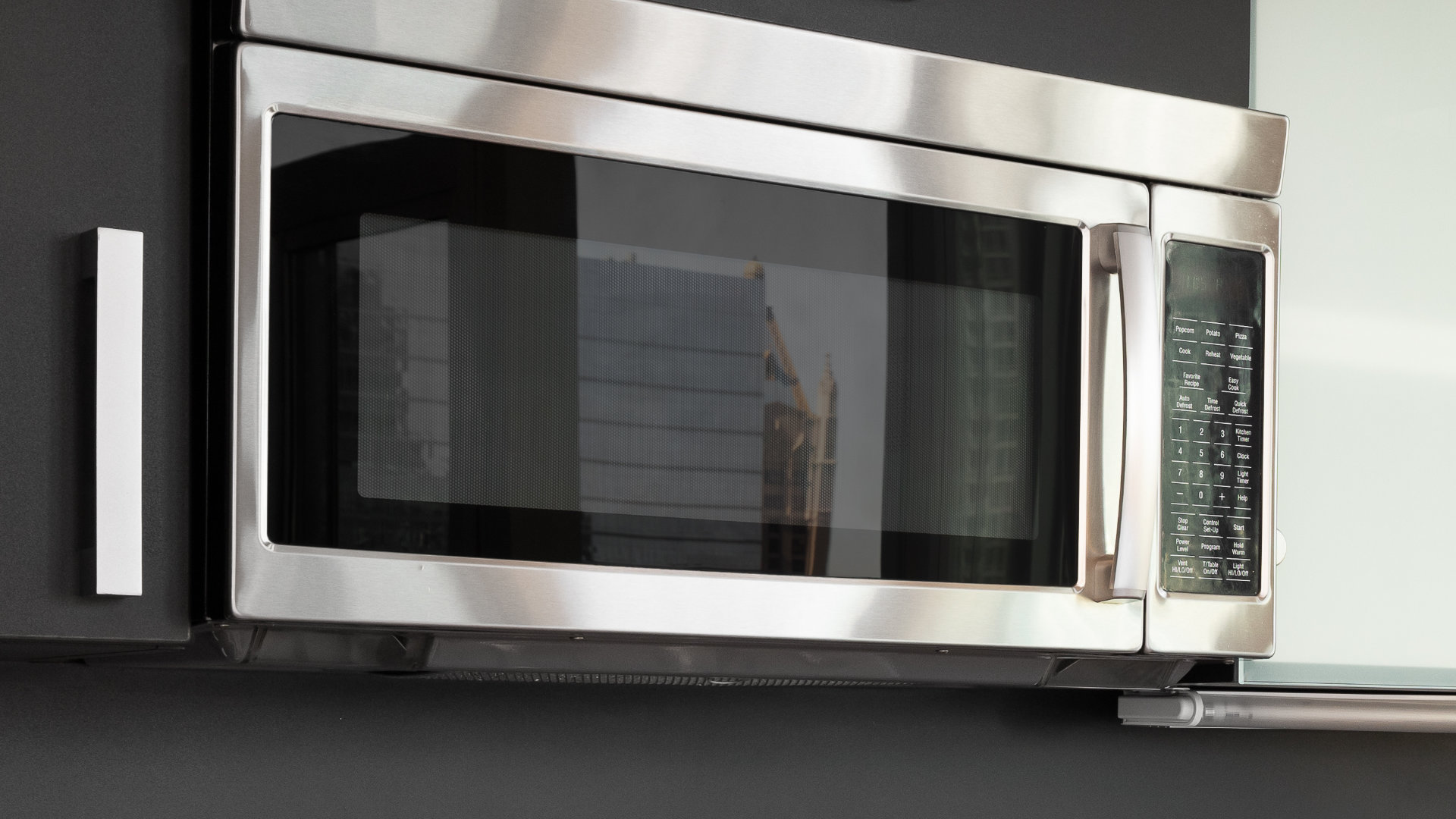
Your Guide to Whirlpool Microwave Replacement Parts
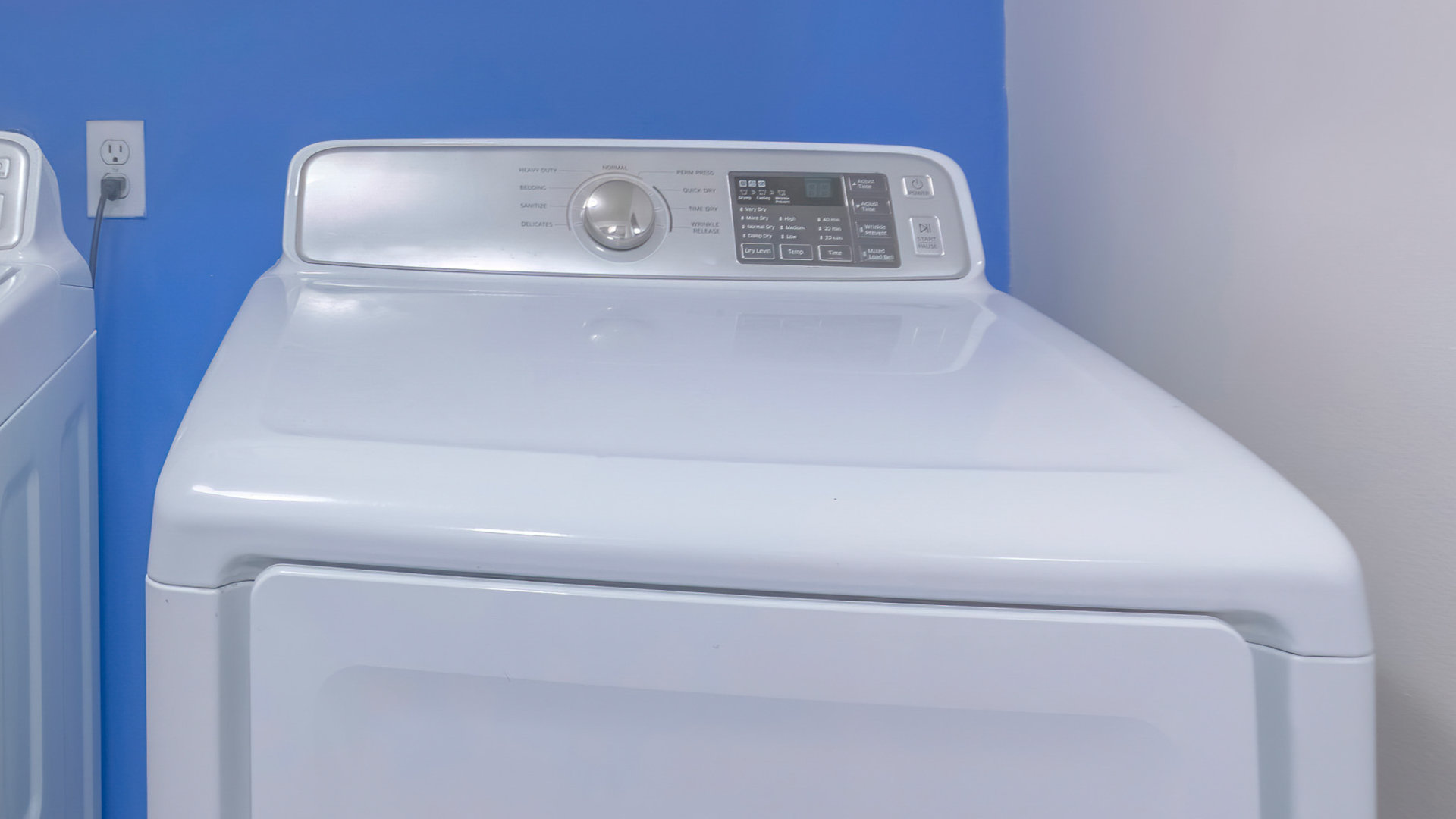
What to Do When Your Kenmore Dryer Won’t Start
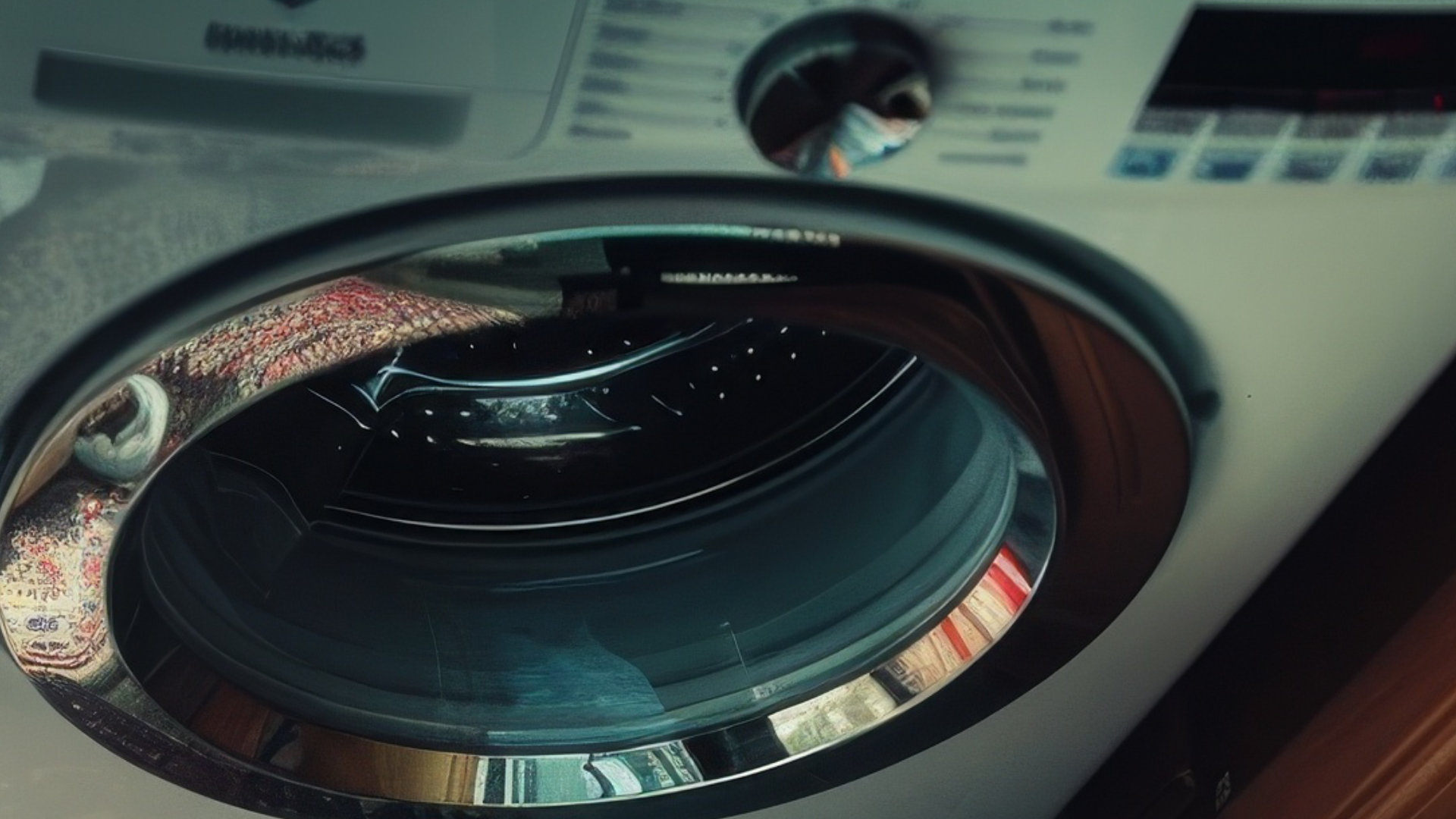
How to Resolve the LG Washer LE Error Code
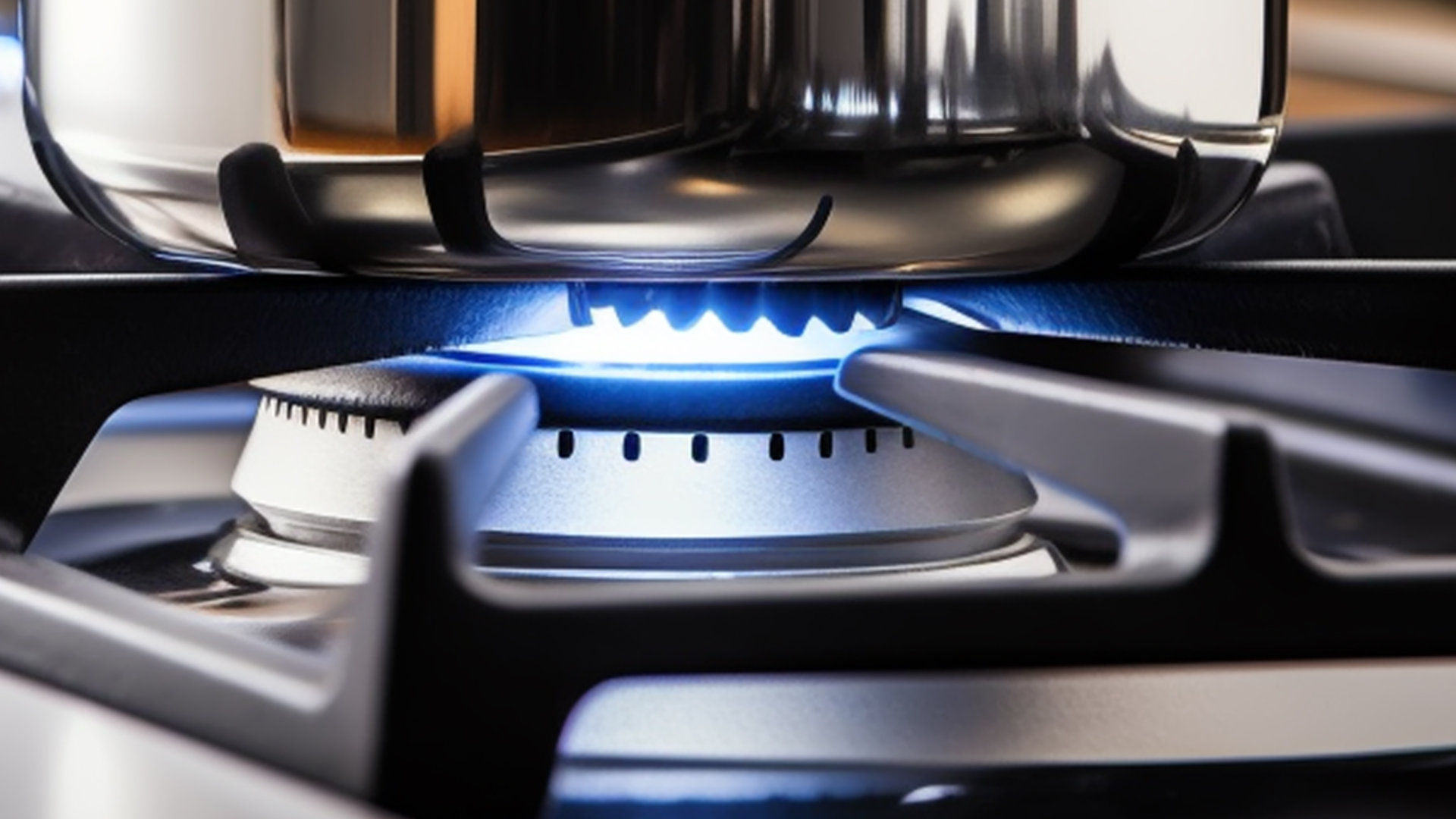
Why Does My Oven Smell Like Gas? Causes and What to Do
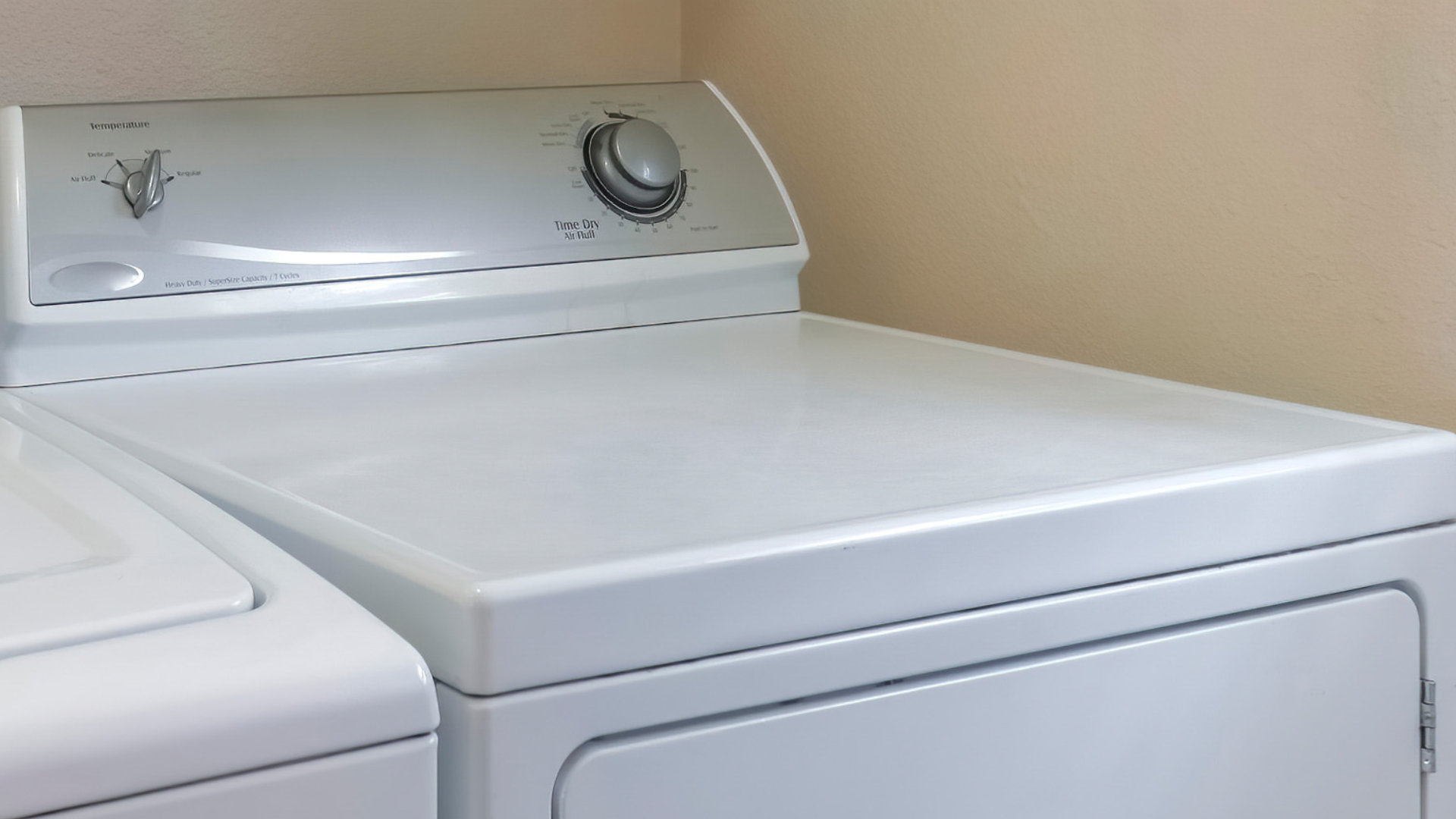
Maytag Dryer Not Heating? Here’s How to Fix It
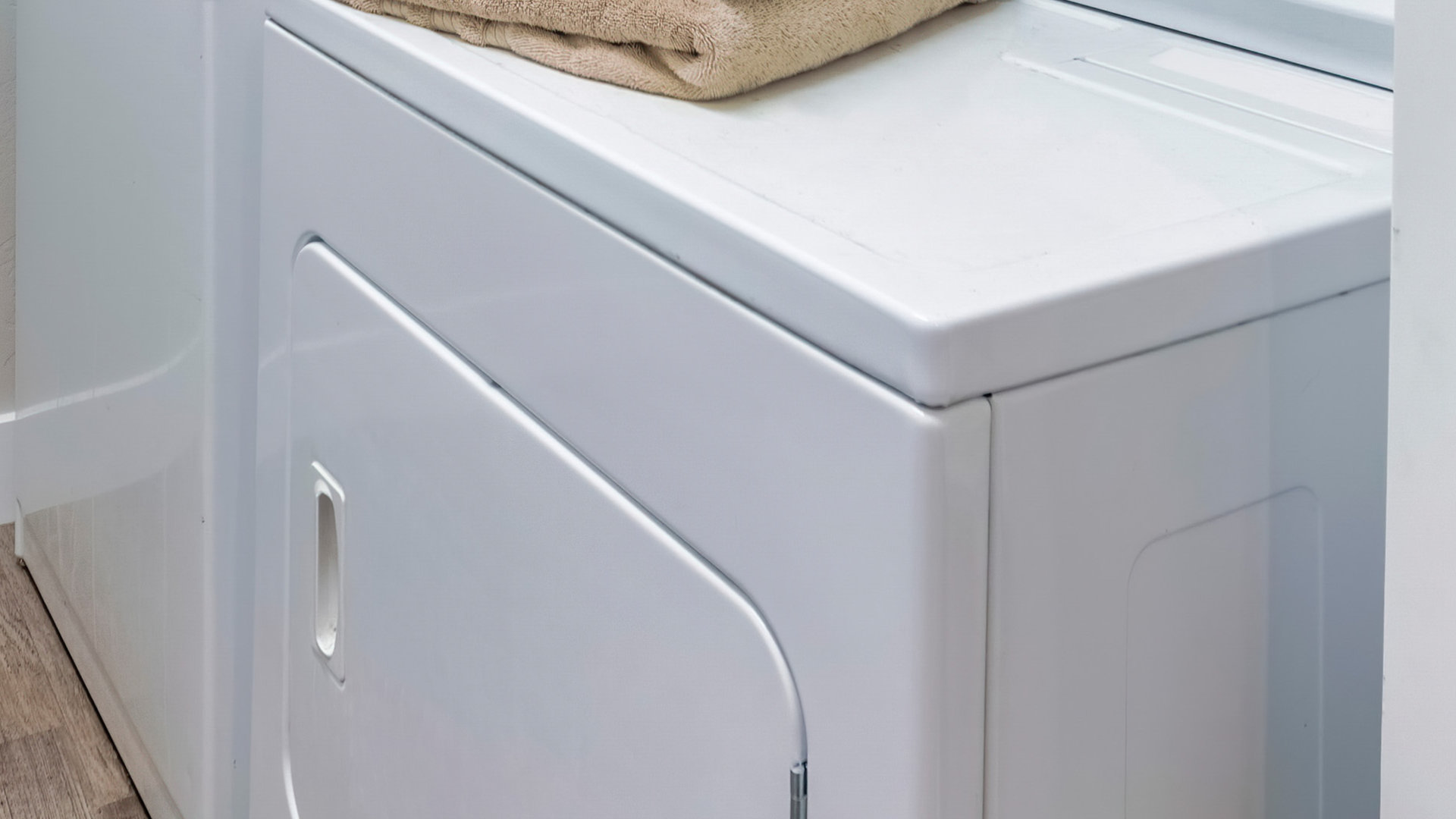
6 Common Reasons Your Speed Queen Dryer Isn’t Heating
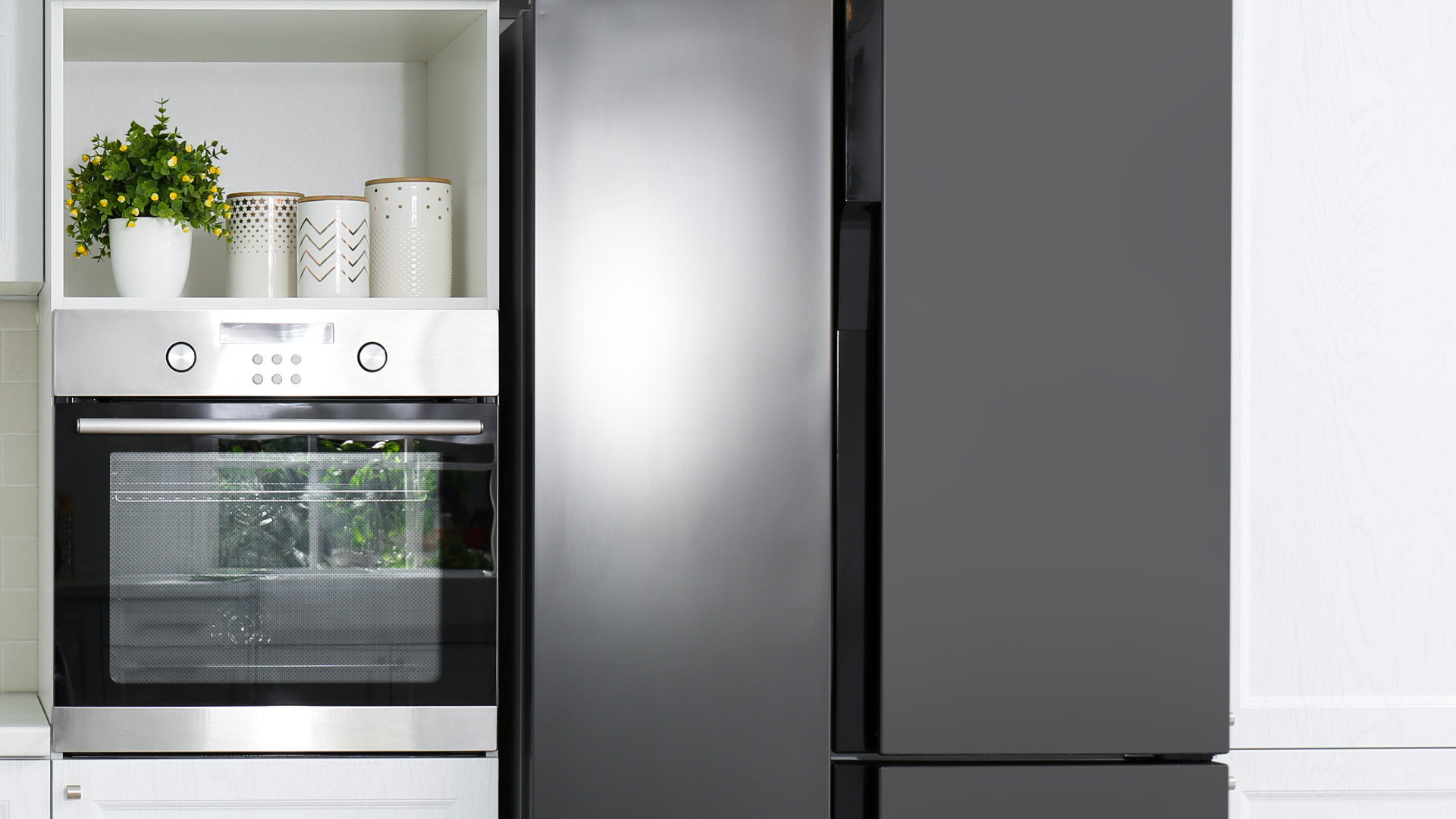
8 Reasons Your Samsung Refrigerator Is Not Cooling
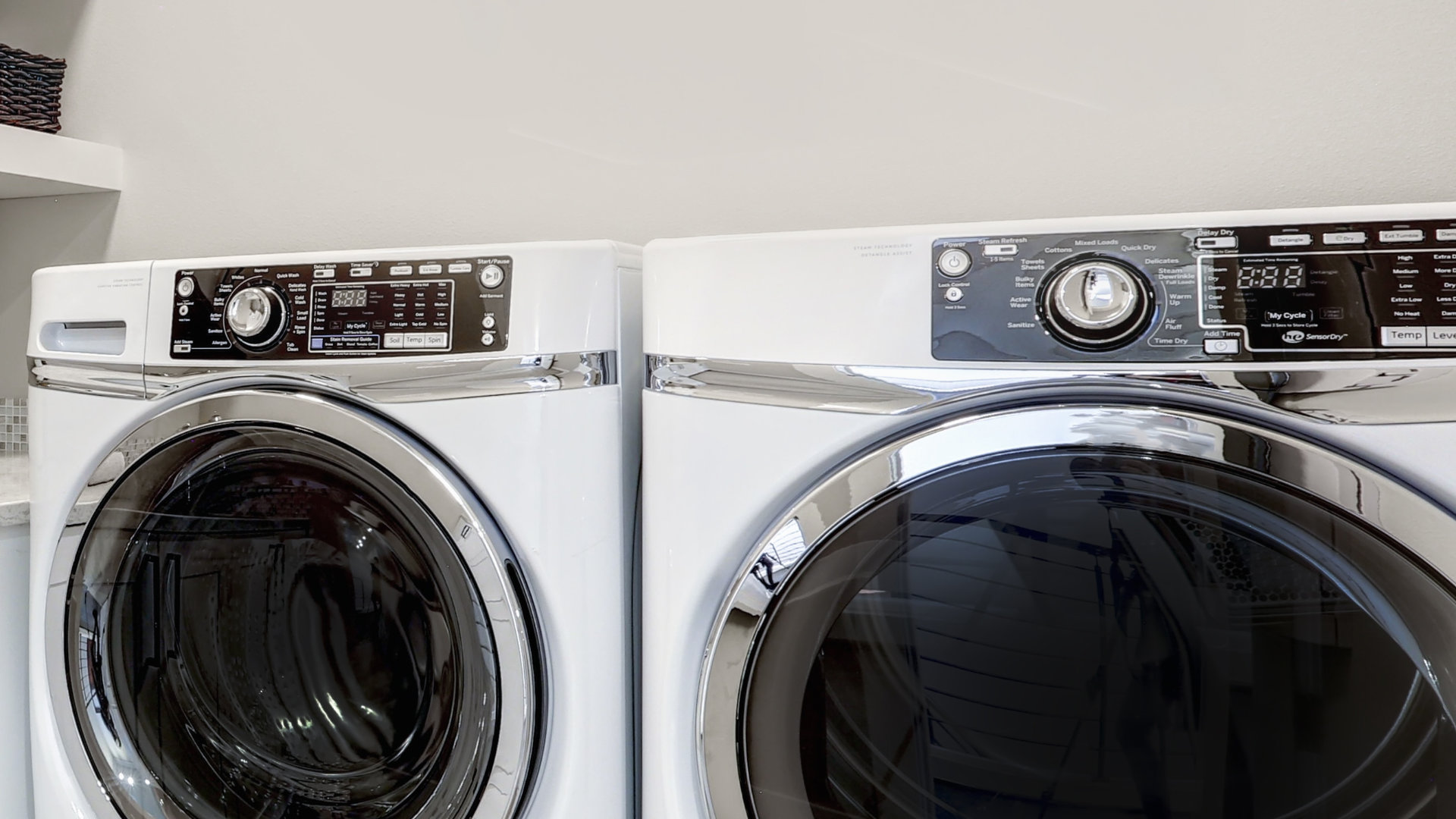
9 Most Reliable Washer and Dryer Brands

How to Get Ink out of Your Dryer the Easy Way
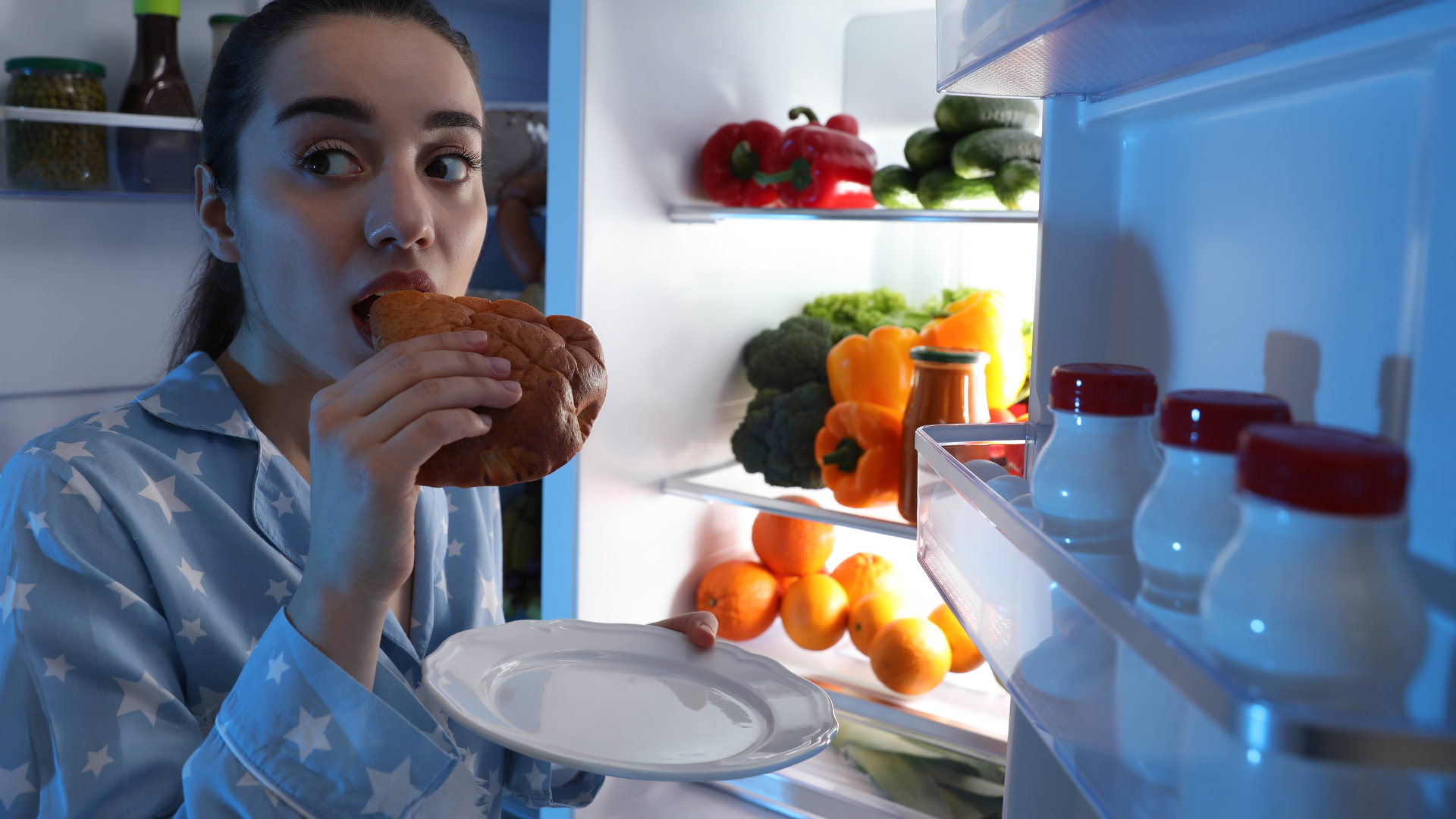
Why Is My Fridge Making Noise That Stops When the Door Is Open?
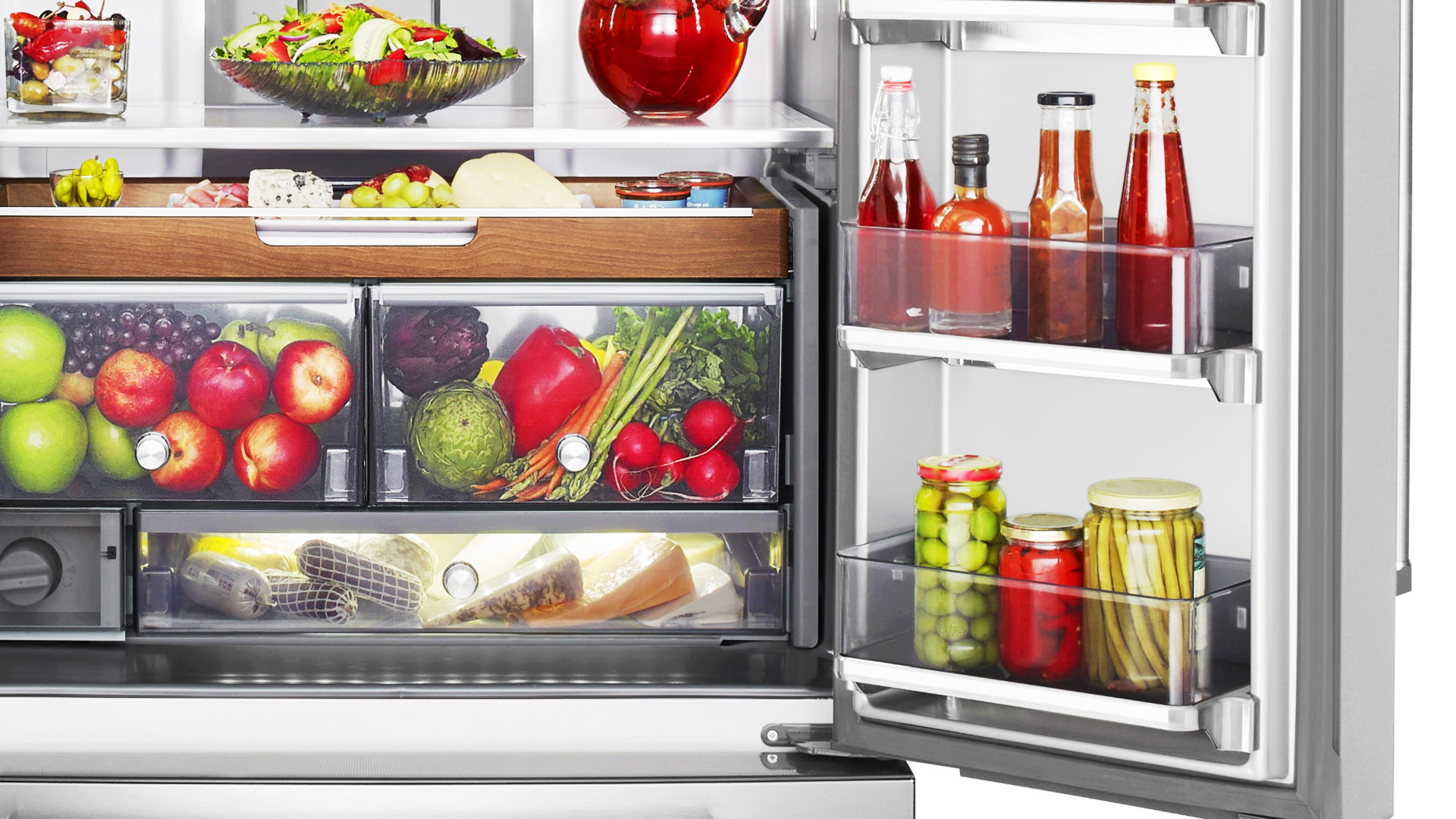
Frigidaire Refrigerator Error Code H1: Causes & Solutions
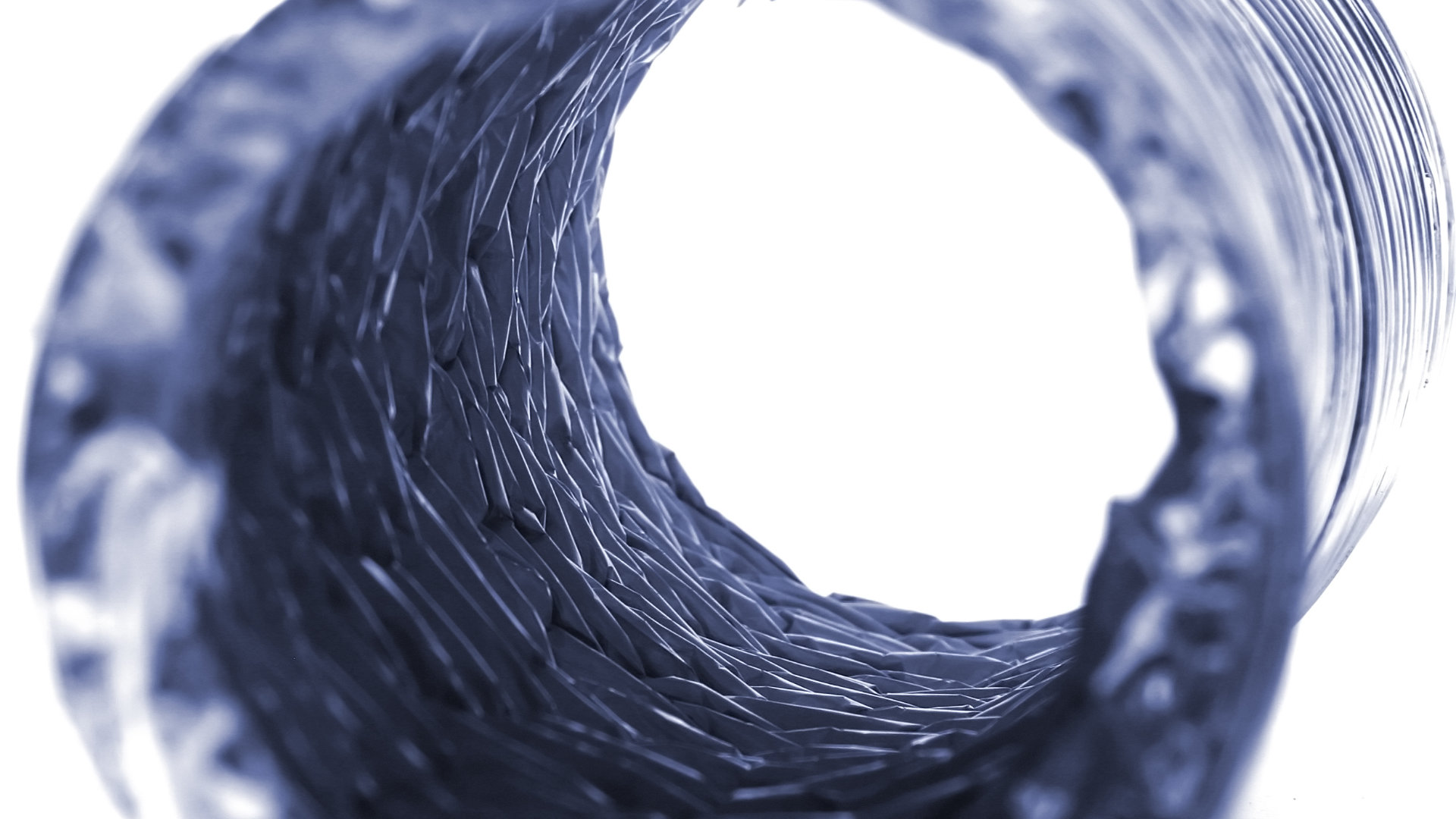
How to Clean a Dryer Vent Without Moving the Dryer
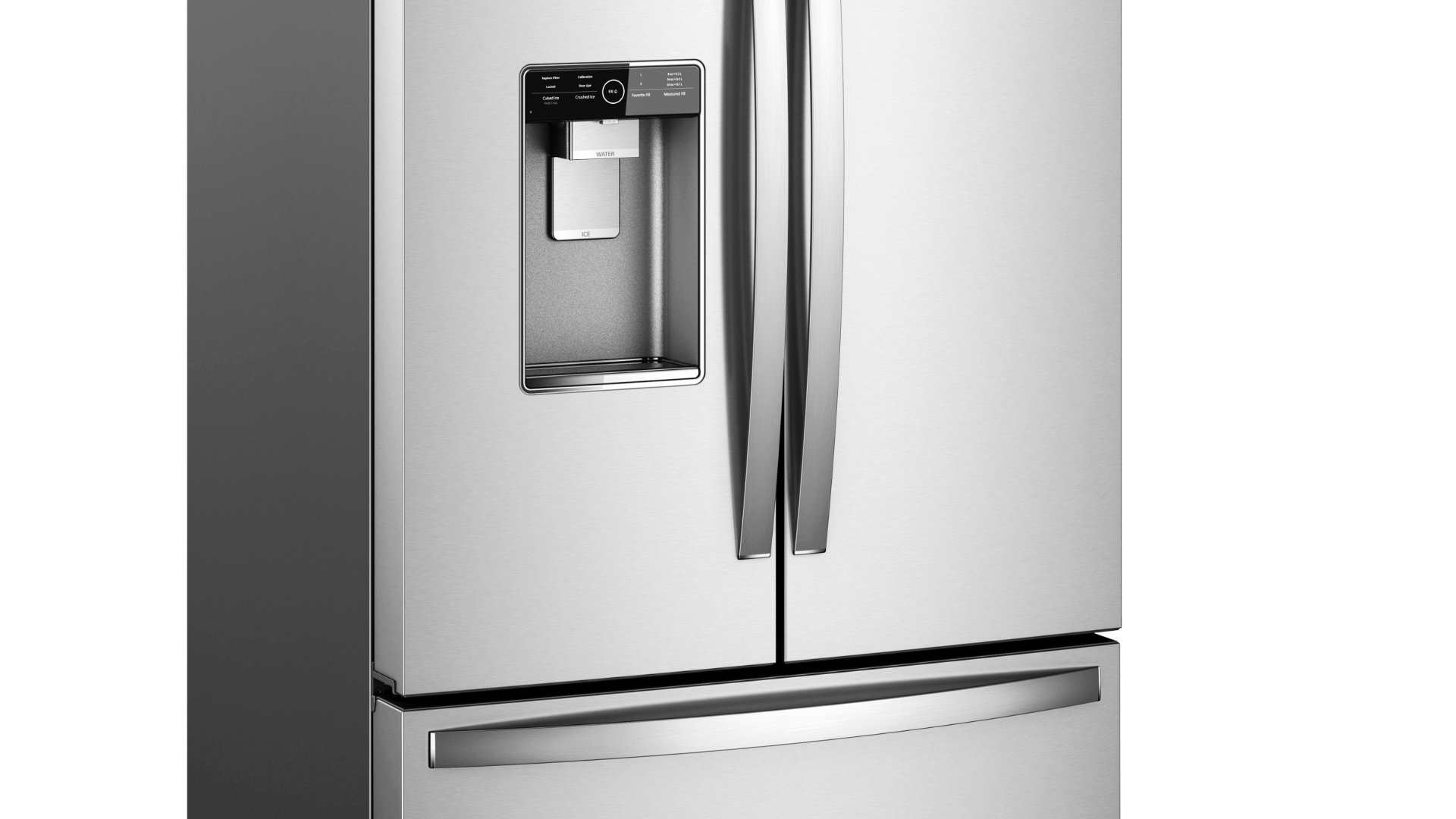
9 Reasons Your LG Refrigerator Isn’t Cooling
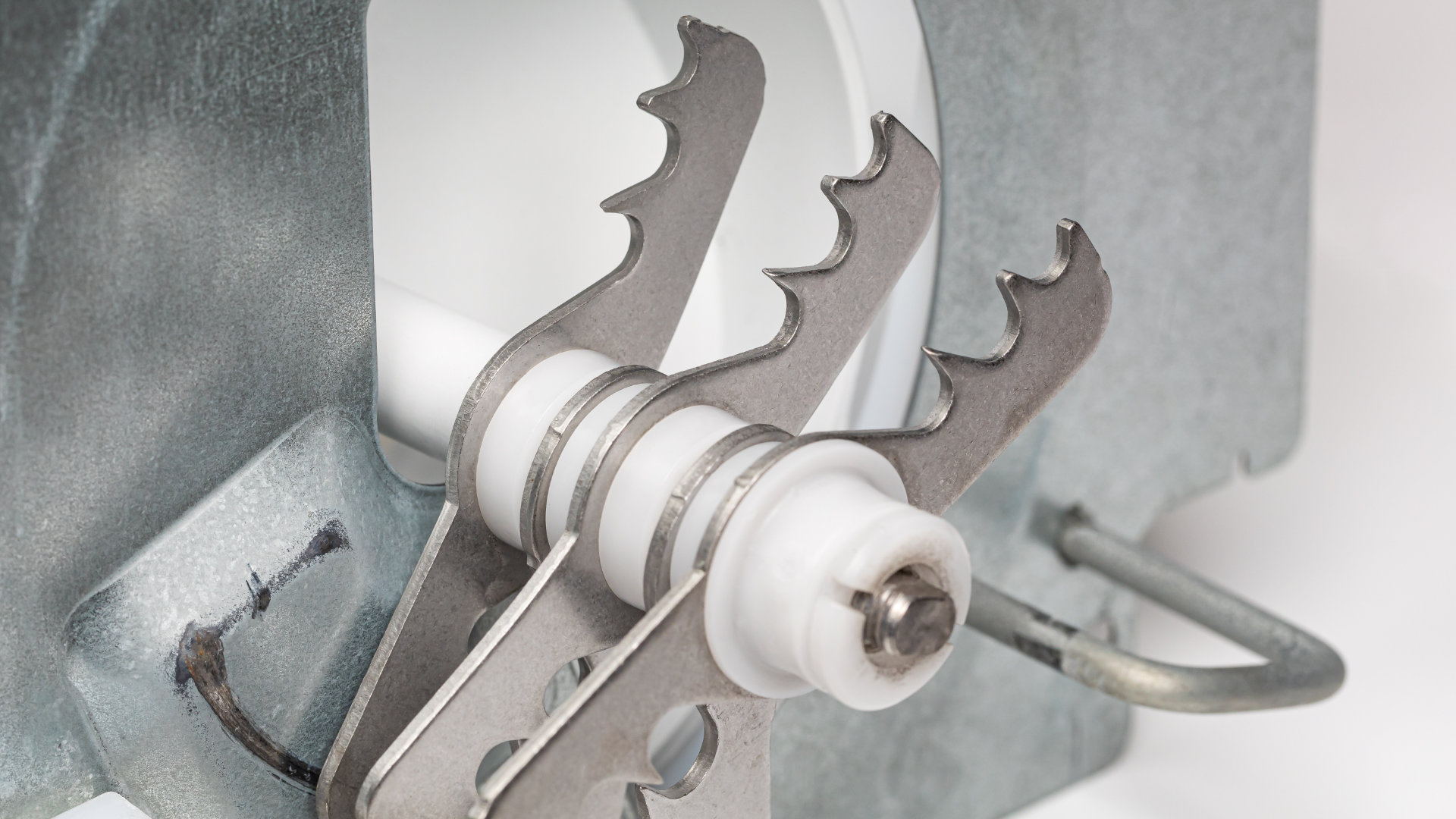
LG Refrigerator Not Making Ice? Here’s What To Do!
